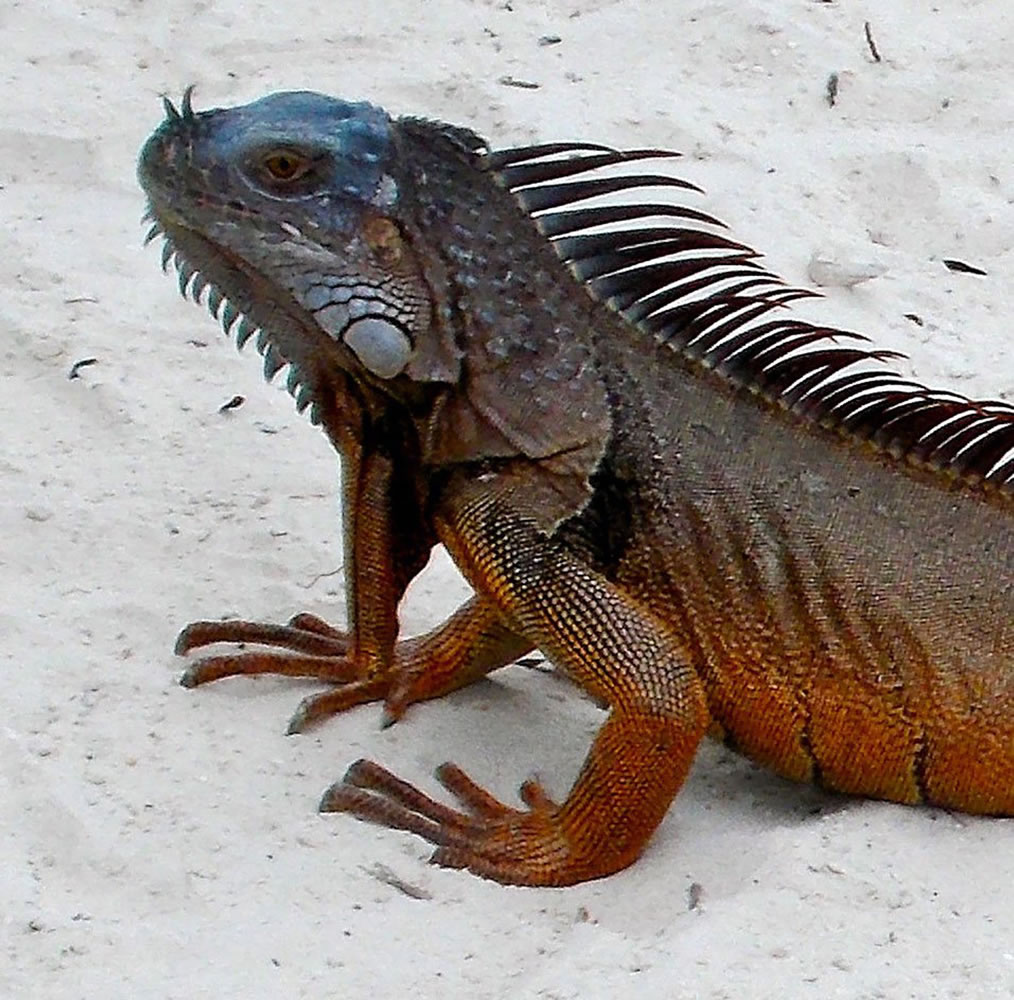KEY LARGO, Fla. — Each year we make a pilgrimage to a group of islands we call paradise, an archipelago that juts between the Atlantic Ocean and the Gulf of Mexico known as the Florida Keys.
Spanish explorers imagined these 1,700 islands as twisted and tortured souls and named them Los Martires (“the martyrs”) more than 500 years ago.
The northernmost island, Key Largo, provides some of the best opportunities for diving and fishing in the world. It is home to John Pennekamp Coral Reef State Park, the beginning of the only living coral reef in the United States.
And while I appreciate the importance of healthy coral colonies, they aren’t the siren song that calls us back each year.
For us, it is all about the animals that thrive on and in the waters surrounding the islands we have come to love.
On our first visit almost 20 years ago, we hadn’t unloaded our rental car when a dolphin swam past in Florida Bay.
I was hooked with the first flip of its silky black fin.
Since then, we have communed with manatees, stingrays, sea turtles and birds and tropical fish in every hue.
We’ve seen our share of alligators and once spotted a rare and endangered American crocodile. Barracudas ply waters alongside nurse, blacktip and many other species of sharks.
But paradise has been invaded by some new inhabitants in the past few years that don’t belong here. Most invasive pets thrive in the tropical climate after they have escaped or been released by owners.
We shared a resort with several adult and juvenile iguanas whose ancestors made their way to the keys in the 1960s. The nonnative green iguanas are now established and quite common in backyards and tree-lined streets. They are timid and nonthreatening, looking to humans only for the occasional handout of food.
The area is also home to the descendants of 900 Burmese pythons believed to have escaped from a warehouse where they were housed by an exotic pet dealer when Homestead, Fla., took a direct hit from Hurricane Andrew in 1992. Today there are estimates that many thousands of them are roaming the Everglades and the nearby islands.
The venomous lionfish was imported from the western and central Pacific Ocean and introduced here by aquarium owners. The fish reproduce quickly and will eat anything in their paths. Humans are their only known predators.
Today, more than 500 non-native species have been observed in Florida — some more damaging than others.
Recently, a Nile crocodile was recovered in the Everglades. The 37-pound juvenile was too young to reproduce, which is a good thing, said the National Park Service.
A spokeswoman for the Florida Fish and Wildlife Conservation Commission said the crocodile is likely one that escaped from a Miami-Dade County home in 2012. Wildlife officials had been tracking the animal for four months when Hurricane Isaac hit Florida that year. If an owner can be determined, he or she will face prosecution as the crocodiles are federally protected and considered threatened internationally. The croc is being kept at a Homestead alligator farm.
The Nile crocodile differs from more docile, smaller American crocodiles because of its size and risk to humans. According to National Geographic, Nile crocodiles can grow to 17 feet or longer and weigh about 500 pounds.




